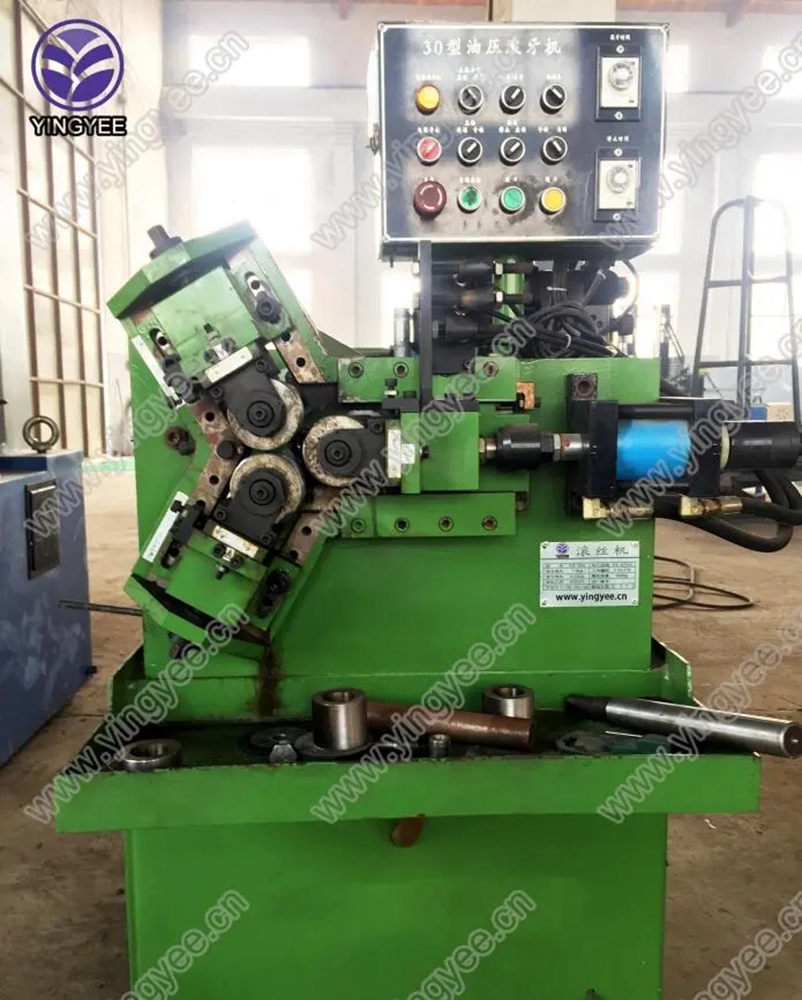
The Manufacturing Process of Galvanized Cable Tray Making Machines
In today's fast-paced industrial world, the demand for efficient and reliable cable management solutions is ever-present. One such solution is the galvanized cable tray, widely used for supporting electrical wiring and preventing cable damage. The manufacturing of these trays requires specialized equipment, specifically galvanized cable tray making machines. This article explores the significance and operation of these machines, along with an overview of the manufacturing process.
Understanding Galvanized Cable Trays
Before delving into the machinery, it is essential to understand what galvanized cable trays are. These trays are typically made from steel that has been coated with a layer of zinc to prevent corrosion. This makes them ideal for use in harsh environments, such as industrial settings or outdoor installations. Galvanized cable trays not only provide structural support for electrical cables but also ensure safety and organization, thereby enhancing the efficiency of electrical installations.
The Role of Cable Tray Making Machines
The production of cable trays involves several steps, and the use of galvanized cable tray making machines is central to this process. These machines streamline operations, ensuring that trays are produced to exact specifications while maintaining high quality. The machines are designed to perform various functions, including cutting, bending, welding, and coating, to create the finished product.
Key Components of the Manufacturing Process
1. Material Preparation The first step in the manufacturing process is the selection and preparation of raw materials. Steel sheets are typically used, which are cut to required dimensions using precision cutting machines.
2. Forming and Bending Once the sheets are prepared, they undergo forming and bending processes. This is where the cable tray shapes are created. Machines equipped with advanced bending technology allow for various tray designs, such as ladder trays, perforated trays, and solid-bottom trays.

3. Welding and Assembly After forming, the individual components of the trays are welded together. Robotic welding technology has significantly increased the efficiency and accuracy of this step, resulting in strong and durable trays.
4. Galvanization Post-welding, the trays undergo galvanization, where they are coated with zinc to enhance their corrosion resistance. This process can be done via hot-dip galvanizing or electro-galvanizing, each method offering its benefits in terms of coating thickness and adhesion.
5. Finishing Touches Finally, the trays are inspected and subjected to a finishing process, which may include painting or additional coating for aesthetic appeal and further protection against environmental factors. Quality control is critical at this stage to ensure that the finished products meet industry standards.
Advantages of Using Cable Tray Making Machines
The adoption of automated cable tray making machines has revolutionized the production process, providing numerous advantages
- Increased Efficiency Automated machines significantly reduce production time, allowing manufacturers to meet large-scale demands quickly. - Consistent Quality Precision engineering ensures that each tray is made to the same high standards, minimizing defects and variations. - Cost-Effectiveness By streamlining operations, manufacturers can reduce labor costs and material waste, ultimately leading to greater profitability.
Conclusion
The production of galvanized cable trays is an essential component of modern electrical infrastructure, and the machines designed for this purpose play a crucial role. Through precise manufacturing processes and advanced technology, galvanized cable tray making machines have established standards of efficiency, quality, and reliability. As industries continue to evolve, the importance of these machines will undoubtedly grow, supporting the ever-increasing need for effective cable management solutions.